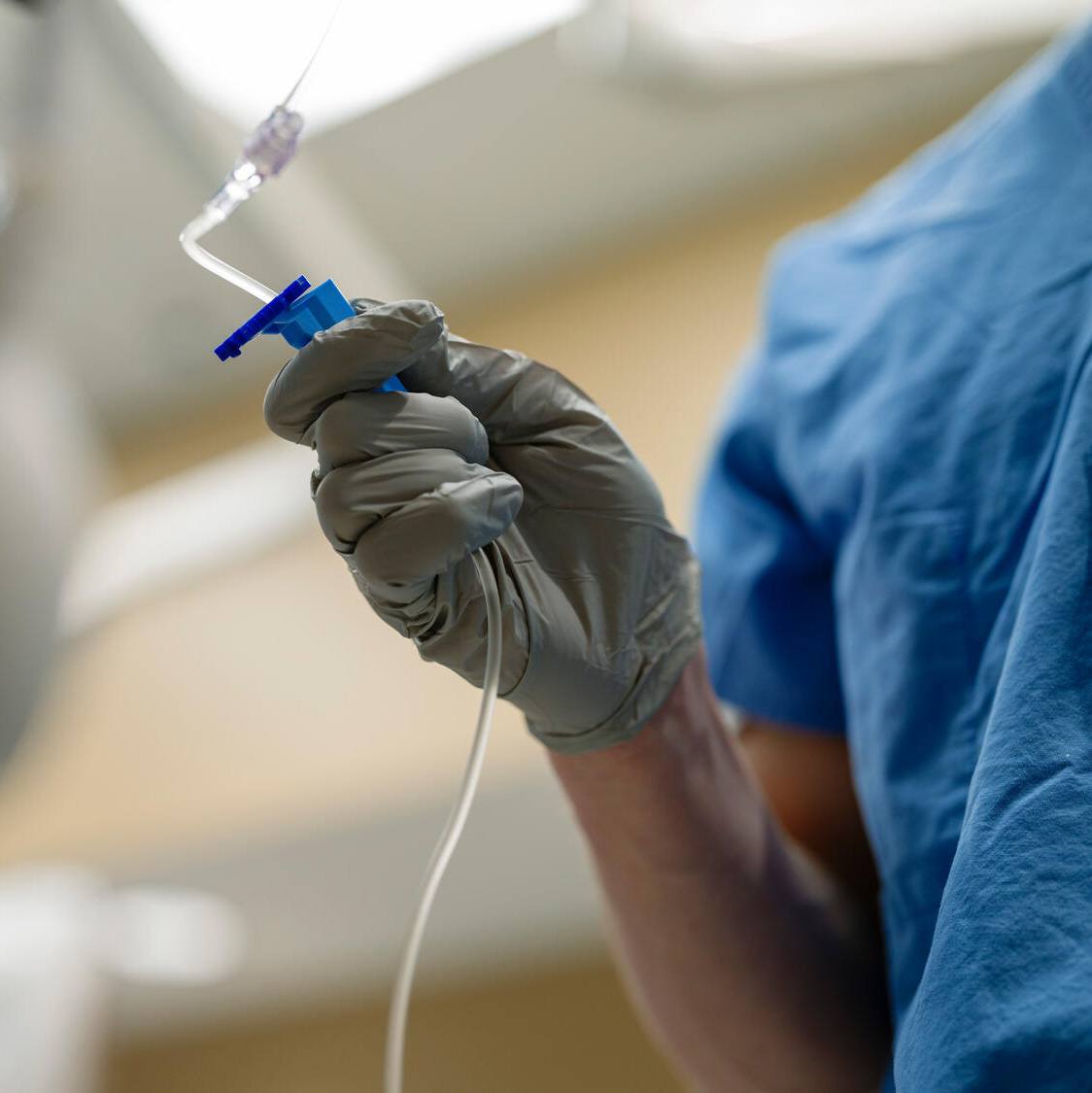-
Meet Peter Grahn, Ph.D. — “I’ve never heard no”

In 2010 Peter Grahn, Ph.D., attended an annual research symposium in Minneapolis hosted by the Morton Cure Paralysis Fund. Among the leading spinal cord injury researchers speaking was Mayo Clinic neurologist Anthony Windebank, M.D., the Judith and Jean Pape Adams Charitable Foundation Professor in Neuroscience, who discussed his laboratory’s research. Dr. Grahn, then a college senior, was exploring medical school, physician assistant programs and biomedical research careers.
“I was intrigued by Dr. Windebank’s research and wanted to learn more,” says Dr. Grahn. “I emailed him, which started a discussion about regenerative spinal cord tissue research. I’d never worked in biomedical research, so I asked Dr. Windebank if he thought it was an area in which I could be productive despite my physical disability. He was very positive and encouraging.”
Their conversation continued over several months, resulting in Dr. Grahn moving to Rochester, Minnesota, with his wife. He met with the Mayo Clinic Office of Diversity and Inclusion to create a plan to accommodate his disability in Mayo’s education and research environments.
He spent the following year working in the laboratory via the Mayo Clinic Graduate School of Biomedical Sciences Post-Baccalaureate Research Education Program (PREP). After a year, he entered the Mayo Clinic Graduate School of Biomedical Sciences Ph.D. program with a focus on the neurobiology of disease.
“Mayo did a fantastic job of accommodating my needs from the moment I arrived — from where I would park my vehicle and how I would get to and around the lab to what type of desk and equipment I’d need to be productive,” says Dr. Grahn. “The Education Office for Diversity along with staff in ergonomics, facilities and architecture worked with me to make sure my mobility needs were met. When I initially inquired, Dennis Mays, Ph.D., in the Education Office for Diversity said they hadn’t had a learner with my disability in their program but they were open to working with me to address my needs. We approached it as an obstacle that could be overcome with thought and effort. We went to areas where I would most likely be on campus to identify barriers such as doors that required automatic openers. They adjusted the height of desks and microscope platforms. We figured out how I could travel to conferences with a companion. There was never a question regarding ‘if’ it could be achieved — only ‘how.’ We found funds to facilitate my career development. I’ve never heard ‘no’ at Mayo in relation to my disability.”
Dr. Grahn joined the Mayo Clinic staff in 2016. His research focuses on modulating spinal cord circuitry with electrical stimulation and other techniques to restore lost function.
“Seeing our research subjects’ accomplishments is exciting,” says Dr. Grahn. “We’re grateful for their phenomenal effort and contributions to our research. I’m glad to be part of changing how spinal cord injury is viewed from a research perspective and look forward to contributing to discoveries that may improve quality of life after paralysis.”
Learn more:
- Read the recent Advancing the Science article about Dr. Grahn's research.
- Learn more about neurosurgery at Mayo Clinic.
###







